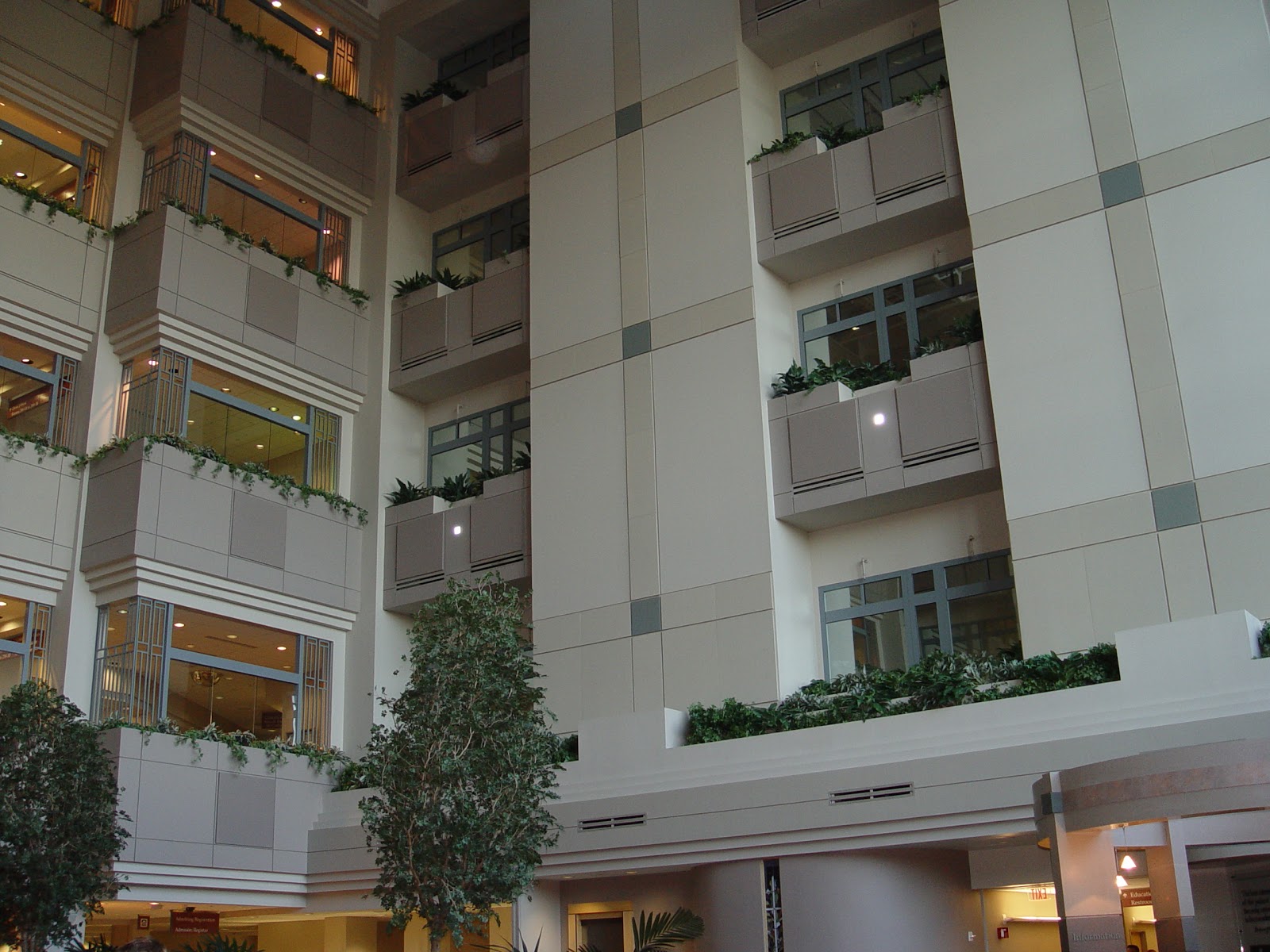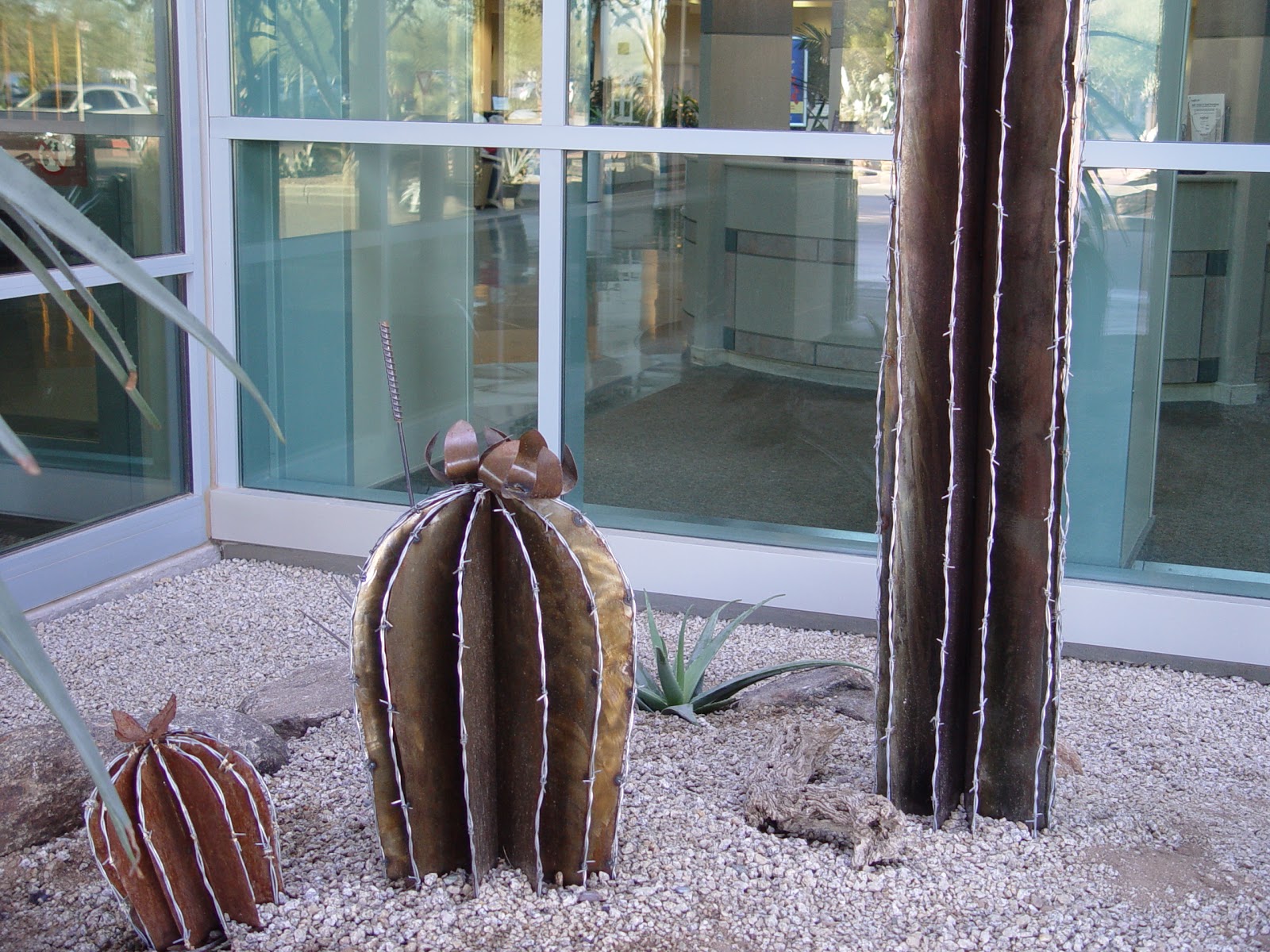After 2 weeks of testing & evaluation, Lee has been accepted as a heart transplant candidate with the Mayo Clinic in Phoenix and will be listed as a Status 2 on the heart transplant waiting list. There are just a few minor hurdles left before Lee is actually placed on the list. A visit to the dentist is needed to confirm that there are no infections in the mouth. Several vaccinations: Hep A, Hep B and the Shingles vaccination need to be completed. The vaccinations are important because after transplantation, the patient has no immune system whatsoever. We also need the all important insurance approval, which is in the works. In about 2 weeks, Lee will actually be placed on the wait list.
Our transplant nurse said, "You passed GO!"
We were so thankful to have Lee's brother, Mark (Uncle Mark!) accompany us for the consultation with our transplant cardiologist, Dr. Steidley. Mark's background in reporting and investigating for news stories was put to good use as he took several pages of notes (while my mind went strangely blank) and asked some great questions for us. Having that extra set of eyes and ears was an amazing blessing. It was helpful not only at the time of the appointment, but in our "debriefing" on the ride home and throughout the evening discussions. THANK YOU MARK!
------------------------------------------------------------------------------------------------------------
UNOS --- United Network of Organ Sharing
This is the list on which Lee must be placed to receive a donor heart. UNOS is a private, nonprofit scientific and educational organization. It assists the transplant community in allocating donated organs and managing transplant data. http://unos.org/ Their website is an amazing resource for understanding the wait list, transplantation, and statistics.
OPTN --- Organ Procurement & Transplantation Network
The OPTN is a unique public-private partnership that links all of the professionals involved in the donation and transplantation system. The primary goals of the OPTN are to:
- increase the effectiveness and efficiency of organ sharing and equity in the national system of organ allocation, and to
- increase the supply of donated organs available for transplantation.
------------------------------------------------------------------------------------------------------------
Wait list status (as establish by UNOS)
Status 1A: these candidates are the most critically ill. Many will be in the hospital at this time. Most will have some type of device (artificial heart/LVAD) implanted already. Qualification for Status 1A must be recertified every 14 days by the transplant cardiologist in order to stay on the list at that status.
Status 1B: these candidates are second in medical fragility & typically will have an implanted left and/or right ventricular assist device and/or are reliant on a continuous infusion of IV medications
Status 2: these candidates don't meet the criteria for status 1a or 1b at the current time. These candidates are medically fragile but are being kept stable with lifestyle choices (diet & exercise as prescribed), medications (lots and lots of medications) and assistance devices (ICD, pacemaker, etc.)
Dr. Steidley gave us some statistics for the Status 2 waitlist. In a year's time:
- 1 of 5 people will get worse & move to the 1B list
- 1 of 5 people will get significantly worst and move to the 1A list
- 2 of 5 people will stay the same
- 1 of 5 people get better and are moved from the list
Status 7: candidates who have temporarily moved off the list. This can be because there has been some medical change which renders the candidate unsuitable for organ transplant at this moment or in the case of the person desiring (and is medically fit) to travel out of the transplant hospital area. For us, we may mean choosing to travel to the Pacific NW to see family & friends for a month or so. Grandchildren are God's medicine for the soul, are they not?
------------------------------------------------------------------------------------------------------------
How does "The List" work?
We were amazed by the organization, fairness, and complexity of the organ donation and recipient process. This will be my attempt at simplifying the description of the process.
We are in REGION 5 of the OPTN's 11 regions in the USA. Region 5 includes Arizona, Southern California, Nevada, Utah and New Mexico.
When a donor heart becomes available, the matching information (blood type, body size) is input to the system.
If the donor heart is in the State of Arizona, the call/search goes out in the following order:
Status 1A (IN ARIZONA) -- if no suitable matches, then
Status 1B (IN ARIZONA) -- if no suitable matches, then
Status 1A (within 500 miles of donor heart) -- if no suitable matches, then
Status 1B (within 500 miles of donor heart) -- if no suitable matches, then
STATUS 2 (IN ARIZONA) -- if no suitable matches, then
Repeat the process/order to the entire Region 5 (Southern CA, NV, NM, UT)
-----------------------------------------------------------------------------------------------------------
Because Lee has the most common blood type (A), there are more donor hearts, but also more recipient candidates. Lee is of larger than average stature (6'3, 200 lbs), therefore he requires a larger than average heart. A smaller person's body can accept and use a larger heart, but the opposite is not true. A man of Lee's size cannot function with an average or smaller sized heart. The conclusion is that as long as he is listed as a Status 2, it is highly unlikely that a heart will become available to him. We DO believe in miracles. Our God is big enough to handle this situation. We just don't know what His will is in this part of our lives. We put our faith and hope in Him and trust Him to take care of the details.
In the meantime, Lee has been advised to stay as healthy & active as possible. A 30 minute walk each day is a good goal. Lee currently walks every other day, but will aim for a little more. Golf is a GOOD thing, but no weight-lifting. HA! CHF (congestive heart failure) is self-limiting. It's pretty much impossible to do more than you should.
| |||
















